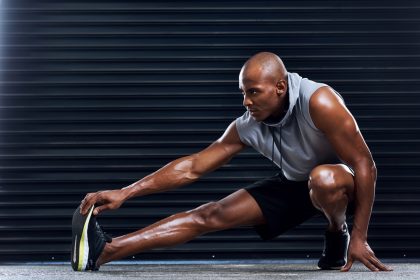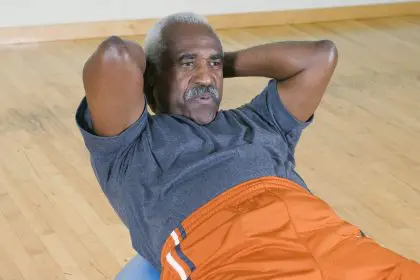Research reveals a striking discovery about the human brain and exercise motivation. Scientists have identified distinct patterns of electrical connectivity that separate individuals who eagerly anticipate workouts from those who dread physical activity, suggesting that workout enjoyment stems from neural pathways that can be deliberately reshaped.
This groundbreaking study demonstrates that people who tolerate physical effort well experience greater remembered pleasure after workouts, while others face anticipatory dread before beginning. These findings open new possibilities for transforming how individuals approach physical activity.
3 science-backed strategies
- Pleasure pairing emerges as a powerful tool for reshaping neural pathways. Research shows that combining exercise with enjoyable activities creates new positive associations in the brain, gradually transforming how individuals perceive physical activity.
- Challenge calibration plays a crucial role in building exercise motivation. Scientists have identified that finding the perfect balance between difficulty and achievement activates reward centers in the brain, creating lasting positive associations with movement.
- Motivational messaging demonstrates significant impact on exercise adherence. Studies reveal that strategic mental messaging can override the brain’s natural energy conservation instincts, leading to increased workout consistency.
Understanding neural adaptation
Recent neurological research illuminates how the brain changes its response to exercise over time. Brain imaging studies show that consistent physical activity actually modifies neural circuits, potentially explaining why some individuals naturally gravitate toward movement.
These adaptations occur gradually, with measurable changes appearing after several weeks of regular activity. Scientists observe increased activation in reward centers and decreased activity in areas associated with perceived effort and discomfort.
Customizing movement experiences
Individual preferences play a significant role in workout adherence. Research indicates that personalizing workout environments and activities dramatically increases the likelihood of developing positive associations with movement.
Modern technology offers numerous ways to enhance exercise experiences. Virtual reality systems, music synchronization, and social connection platforms provide tools for creating more engaging workout environments.
Memory and motivation
The science of remembered pleasure reveals fascinating insights into workout motivation. Studies show that individuals who focus on positive aspects of their workouts develop stronger neural pathways associated with exercise enjoyment.
These memory patterns influence future behavior, creating a self-reinforcing cycle. As positive associations strengthen, the anticipatory dread that many experience before working out gradually diminishes.
Social influence factors
Group dynamics significantly impact workout motivation. Research demonstrates that social support and community involvement can accelerate the development of positive exercise associations.
Working out with others creates accountability while also providing emotional support. These social connections help override the brain’s natural resistance to energy expenditure.
Environmental optimization
Physical surroundings play a crucial role in motivation. Studies show that carefully designed workout environments can reduce psychological barriers to movement while enhancing enjoyment.
Natural settings prove particularly effective at promoting exercise adherence. Research indicates that outdoor activities often generate stronger positive associations than indoor alternatives.
Progress tracking impact
Modern fitness tracking technology provides powerful feedback mechanisms. Studies reveal that visualizing progress strengthens positive neural associations with working out, particularly when combined with achievable goal-setting.
Regular monitoring helps individuals recognize improvements in their capabilities, reinforcing the reward pathways that support continued exercise participation.
Long-term adaptation
Neuroscience reveals that permanent changes in exercise perception require consistent effort over time. Research suggests that most individuals need at least eight weeks of regular activity to establish new neural patterns.
This timeline varies based on individual factors, but understanding the gradual nature of neural adaptation helps set realistic expectations for behavioral change.
Future applications
Emerging technologies promise new ways to accelerate positive exercise associations. Virtual reality systems designed specifically for exercise motivation show particular promise in early studies.
Researchers continue exploring how various interventions might speed up the process of rewiring the brain for exercise enjoyment, potentially making it easier for future generations to maintain active lifestyles.















